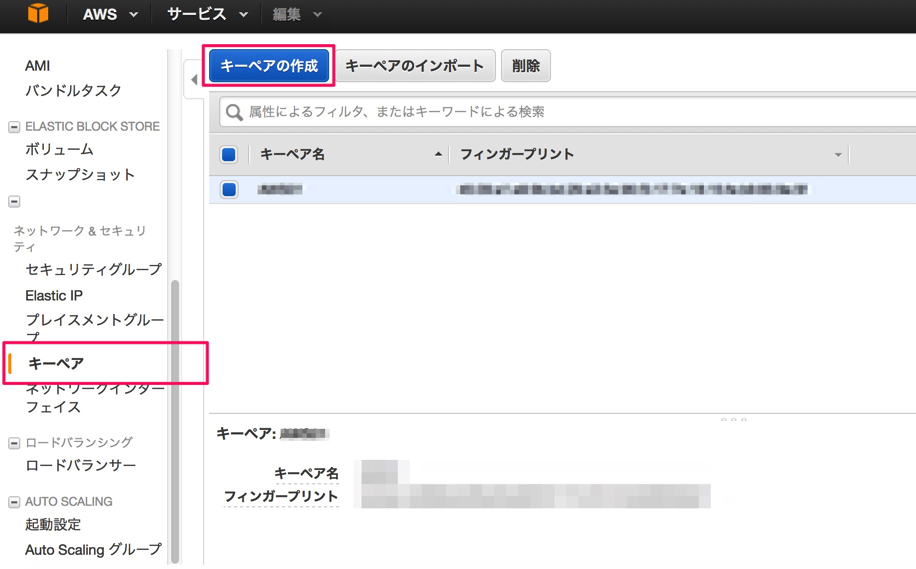

- #How to ssh from mac to aws ec2 install
- #How to ssh from mac to aws ec2 windows
With your EC2 instance set running without a public IP address, it’s time to begin building the solution using SSM to connect to that instance.
A Virtual Private Cloud (VPC) with a private subnet and a NAT gateway – This tutorial will use a VPC with ID vpc-025553dbb3ae36904 and a private subnet with ID subnet-09933dcee9e3f4226. An AWS IAM user – This tutorial will use an IAM user using the AmazonSSMFullAccess policy assigned, but you can define more granular permissions if you wish. You’ll need this to allow your EC2 instance to use some of SSM’s services. An AWS IAM role that an EC2 instance can assume with the AmazonSSMManagedInstanceCore AWS-managed policy attached. AWS CLI installed on your local computer and authenticated to your AWS account – This tutorial will use v2. If you will stick with Ubuntu, make sure to use one of the official Canonical Amazon Machine Images (AMIs) listed here. The instance will be in the us-east-1 region called ssm-ssh-demo-instance. A Linux EC2 instance with no public IP address – This tutorial will use Ubuntu 20.04 LTS from the AMI ID ami-090846e63eb748bc4, but any Linux instance will do. 
Earlier versions of OpenSSH do not allow for executables on the system path to be run, which is shown in some of the demos.

At the time of writing, the latest version is 8.1p1.
#How to ssh from mac to aws ec2 install
If you are running Windows, be sure to install the latest release of OpenSSH. These operating systems support SSH or OpenSSH clients.
#How to ssh from mac to aws ec2 windows
A local computer running MacOS, Linux, or Windows 10. An AWS Account with permission to create EC2 instances and IAM policies. If you’d like to follow along, be sure you have the following: This article will be a tutorial with hands-on demos. Establishing an SSM Session via the AWS CLI. Adding an EC2 Instance to SSM Inventory.







 0 kommentar(er)
0 kommentar(er)
